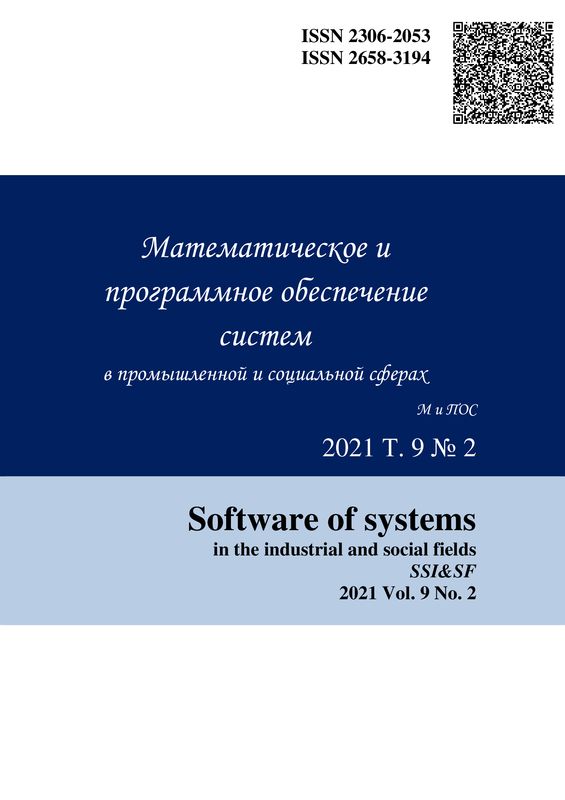Abstract
Corrosion is an electrochemical phenomenon where a metal returns to its native oxide state. An electric current flows from the metal through ions in the surrounding soil or water. The cathodic protection principle prevents this by passing direct current, opposite to the corrosion current, continuously from anodes which are installed in the soil or water surrounding the structure to be protected. Corrosion is prevented when the protection current is of sufficient magnitude and is properly distributed. This protection current requires an external power source. Corrosion of buried metal structures is mainly dependent on the soil composition, resistivity, pH, water and oxygen content, etc. The most aggressive soil types are clays, mixed clays, muds and sands with high salinity. Very severe corrosion effects can occur on a pipe that passes throughs soils of different compositions. In cathodic protection systems, anodes transmit protective current from the power supply to the structure to be protected. The electrochemical potential of the structure becomes more negative, eventually reaching a value that provides the cathodic protection. The type, amount and location of anodes are selected to give the best protection for the structure or pipeline in the particular environment. In this work based on the method of fictitious sources an algorithm for solution of boundary-value problem for the capacity of the electric field of cathodic protection of underground pipeline vertical deep anode is proposed. C++ computing code is developed for numerical calculations of electric fields in the systems of cathodic protection of underground pipelines. The computer model allows conducting a set of numerical experiments for selection of geometric and electrochemical parameters of designed cathodic protection system, with the aim of improving the reliability of cathodic protection for underground structures and increasing the duration of their service life. Analysis of the results confirms the effectiveness, stability and versatility of the developed algorithm.
Keywords
Computer simulation, electric field, cathodic protection, mathematical modeling, boundary value problem, numerical methods, the method of fictitious sources.
Bolotnov, A.M. and Khisametdinov F.Z. (2015). Computer simulation of the electric fields in cathodic protection of underground pipelines. Software of systems in the industrial and social fields, 5 (1): 2-8.





